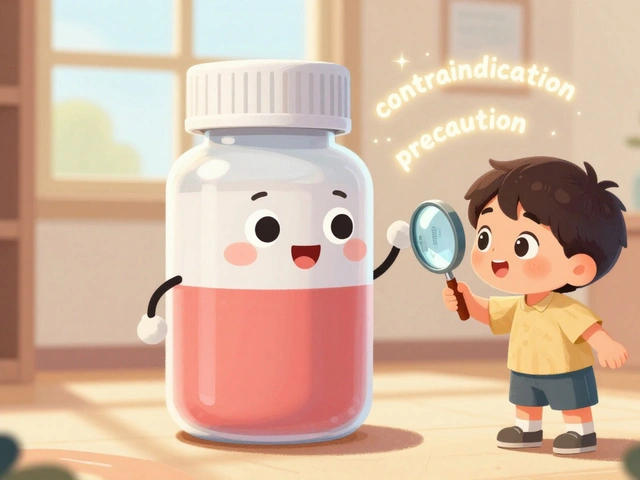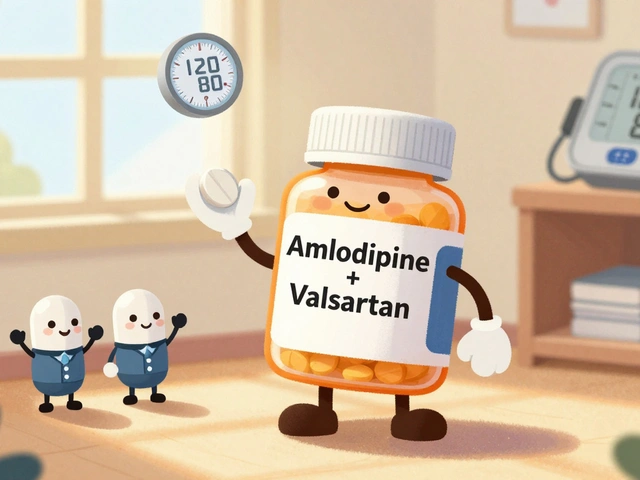Osteoporosis prevention: simple, practical steps to stronger bones
Worried about weak bones? You don’t need drastic measures to lower your risk. Small, consistent habits—what you eat, how you move, and a few checks with your doctor—make the biggest difference. Here are clear, usable strategies you can start this week.
Daily actions that build bone
Nutrition matters. Aim for about 1,000–1,200 mg of calcium a day depending on age and sex: most women over 50 and men over 70 need 1,200 mg; younger adults usually need 1,000 mg. Get calcium from food first—milk, yogurt, hard cheeses, sardines, canned salmon with bones, tofu, and leafy greens like kale. If you use supplements, take no more than 500 mg at once; split larger doses to improve absorption.
Vitamin D helps your body absorb calcium. A common target is 800–2,000 IU daily, but a blood test (25‑OH vitamin D) is the best way to know what you need. If your doctor prescribes higher doses for deficiency, follow their plan and recheck levels.
Protein and minerals matter too. Aim for a balanced plate with lean protein, whole grains, and vegetables. Avoid very low-calorie diets and extreme fasting—your bones need steady fuel.
Move in ways that strengthen bones
Weight-bearing exercise forces your bones to adapt. Walk briskly, jog, dance, or climb stairs for at least 30 minutes most days. Add strength training—two sessions a week using weights, resistance bands, or bodyweight moves like squats and lunges. Those lifts help preserve bone and muscle at the same time.
Don't ignore balance work. Simple moves like single-leg stands or tai chi cut fall risk, which matters because falls cause most osteoporotic fractures. If you’re unsure how to start, a physical therapist can make a safe plan that fits your fitness level.
Small lifestyle shifts add up. Quit smoking; it speeds bone loss. Limit alcohol—regular heavy drinking weakens bone health. Watch medicines: long-term steroids raise risk, so talk to your doctor about alternatives or protective steps if you need them.
Get checked when it counts. Bone density testing (DEXA) is recommended for women 65+ and men 70+, and earlier if you have risk factors: family history, low body weight, previous fractures, or long-term steroid use. Use the FRAX tool to estimate 10-year fracture risk—do this with your clinician to decide if medication is needed.
Medications help people at high risk. Bisphosphonates (like alendronate), denosumab, and anabolic drugs (like teriparatide) reduce fractures for those with proven low bone density or prior fractures. These require a prescription and follow-up; ask your doctor about benefits, side effects, and how long to stay on treatment.
Fall-proof your home: remove loose rugs, add night lights, secure handrails, and keep floors clutter-free. Regular eye checks and reviewing meds that cause dizziness are simple, effective moves.
Pick one habit this week—add a calcium-rich snack, start a 20-minute walk, or book a DEXA scan. Consistency beats perfection. Small changes now protect your mobility and independence later.



